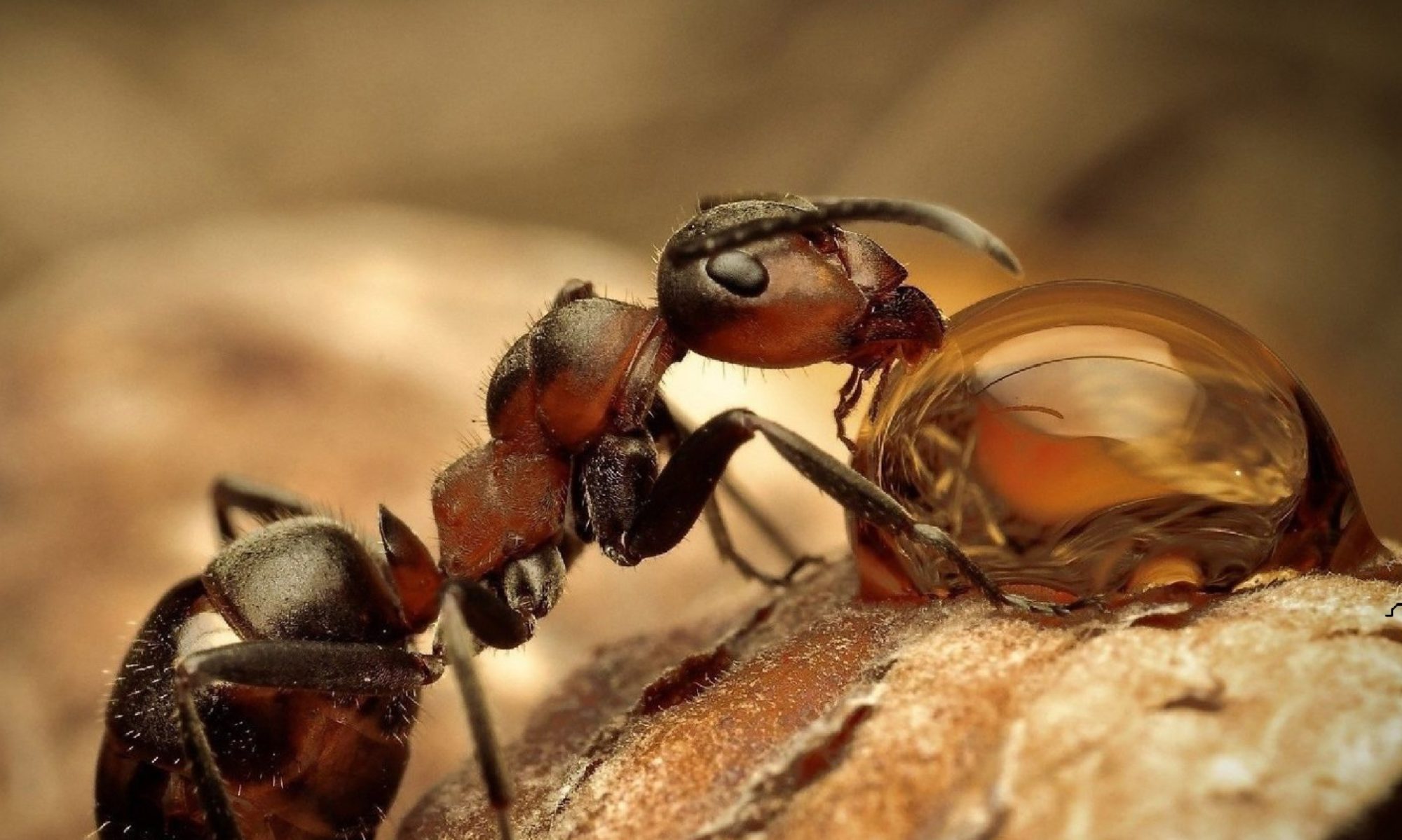So if the Asian giant hornet is so strong, how has it not wiped out the prey in the entire vicinity? In most cases, this is true. When European honeybees come into a violent encounter with Asian giant hornets, almost most, if not all, the bees are massacred, with all the brood and honey stolen as sustenance. The Japanese honeybee is a completely different story. Although they are not any bigger than their European counterparts, they have adopted a way to keep their nest a secret. When a hornet scout has discovered a nest, the bees lure the hornet into their nest. The moment the hornet enters the nest, she is swarmed by the bees. The honeybees vibrate intensely, elevating the heat in the center of the swarm, essentially killing the hornet using immense temperature. This is a very dangerous procedure, as the bees can only withstand a few degrees more than the hornet can.
Asian Giant Hornet (Part I)
As one of the largest insects in the world, the size of the Asian giant hornet isn’t just for show. Their stings are considered one of the deadliest, as the sting is similar to the bite of a venomous snake — corroding the skin in the vicinity of the sting. However, it is neither the queen nor the workers who drive the colony forward; it is the larvae. They consume vasts amount of protein in order to grow and, when they are hungry, signal to the workers by scraping at the sides of their cells. Equipped with sharp mandibles and a deadly venom, the workers send out scouts to look for food. Their favorite meal? Bees and other hornets.
Insects of Tomorrow (Part III)
There are a lot of other technical questions that can be asked, but those can’t top the ethical ones. Can’t they be used as hidden-surveillance by the government? Will we turn insects into weapons? And then there’s the question of disease-carrying insects or using insects to disperse chemical weapons. How should it be regulated? Where is the line drawn? My personal opinion would be to leave the technology at looking for victims of a natural disaster and as surveillance for the military during wartime. Leave chemical warfare out of the equation and do not target civilian targets.
Insects of Tomorrow (Part II)
Why even bother with attempting to control insects? Insects are able to traverse through tight spaces quite well. Being used in the event of a natural disaster, insects can be quickly released and crawl through small cracks in order to find survivors. If equipped with thermal cameras, finding people stuck in a wreck can quickly accomplished. The use of insects in the military is also quite an idea, as they are much cheaper than drones and can easily blend in with their surroundings, providing a good set of eyes for allied soldiers.
Then why not just make our own robots? First of all, insects have pre-built CPU’s for us to control — their brains. If we learn what impulses to use, controlling these critters isn’t too difficult. Secondly, insects aren’t a massive lost if killed in action compared to a robot.
Insects of Tomorrow (Part I)
Most of us know The Terminator, a man who is both machine and human — a cyborg. That isn’t just the stuff of movies and the future. That reality is now. Researchers at Nanyang Technological University in Singapore have brought this reality to life using Mecynorrhina torquata — one of the largest beetles found in Africa. Using implanted electrodes, researchers were able to control the movement of the beetle’s limbs. By utilizing different electrical stimuli, the beetle’s speed of movement and the length of each step was changed. This is a relatively new development and the future for this research is bright with opportunity.
